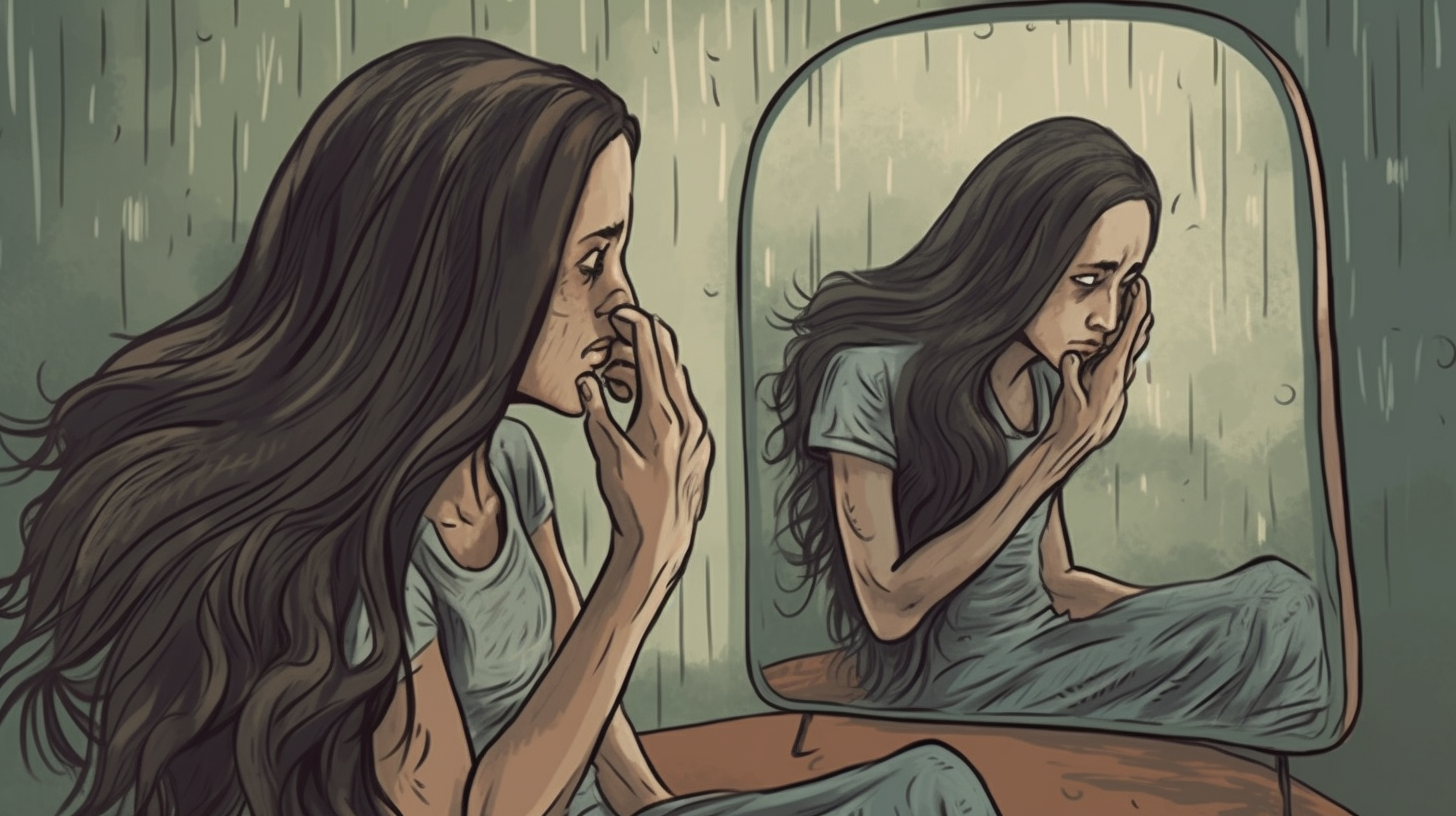How Frequently Should You Wash Damaged Hair? Ultimate Guide Reveals Optimal Haircare Routine
Do you have damaged hair and find yourself wondering how often you should wash it? You’re not alone! Many people with damaged hair struggle to find the right balance between cleansing their hair and avoiding further damage. The truth is, washing damaged hair requires a different approach than washing healthy hair. In this ultimate guide, we will reveal the optimal haircare routine for washing damaged hair, providing you with practical tips and solutions to help restore and maintain the health of your tresses.
The Challenges of Washing Damaged Hair
Damaged hair is more fragile and prone to breakage, so it’s essential to handle it with care. Over-washing or using harsh products can strip away natural oils and moisture, exacerbating the damage. On the other hand, not washing your hair enough can lead to a buildup of dirt, oils, and styling products, which can weigh down your strands and make them appear dull and lifeless.
One of the primary challenges when it comes to washing damaged hair is finding the right balance between cleanliness and maintaining moisture. It’s crucial to cleanse the scalp and remove any impurities without stripping away too much natural oil or causing further damage.
Factors to Consider When Determining How Often to Wash Damaged Hair
The frequency at which you should wash your damaged hair depends on several factors. Let’s take a closer look at these factors:
1. Hair Type
Your hair type plays a significant role in determining how often you should wash it. Generally, individuals with oily hair may need to wash their damaged locks more frequently than those with dry or normal hair types. Oily scalps tend to produce excess sebum, which can make the hair look greasy if left unwashed for an extended period.
On the other hand, individuals with dry or normal hair types may be able to go longer between washes, as their scalps produce less sebum. However, it’s crucial to strike the right balance and not let your hair become excessively dry or brittle.
2. Degree of Damage
The extent of damage to your hair also affects how often you should wash it. If your hair is severely damaged, you may need to wash it less frequently to prevent further breakage and moisture loss. In such cases, it’s essential to focus on deep conditioning treatments and nourishing your hair with appropriate products.
On the other hand, if the damage is minimal or your hair is in the process of recovery, you may be able to wash it more frequently without causing harm. However, always listen to your hair and adjust your washing routine accordingly.
3. Lifestyle Factors
Your lifestyle can impact how often you should wash damaged hair. If you live in a highly polluted environment or engage in activities that expose your hair to dirt and sweat regularly, you may need to wash it more frequently. Similarly, if you exercise frequently or have an active lifestyle that leads to excessive sweating, regular cleansing may be necessary.
However, it’s important not to over-wash in these situations either. Instead of washing every day, consider using dry shampoos or co-washing (washing with conditioner only) on non-shampoo days to keep your scalp clean while minimizing damage.
Tips for Washing Damaged Hair
Now that we have discussed the factors that influence how often you should wash damaged hair let’s dive into some practical tips for washing and caring for your damaged locks:
1. Use a Gentle Shampoo
When selecting a shampoo for damaged hair, opt for a gentle, sulfate-free formula. Sulfates can strip away natural oils and moisture, leaving your hair dry and more prone to breakage. Look for shampoos that are specifically formulated for damaged or dry hair types and contain nourishing ingredients such as argan oil, shea butter, or keratin.
2. Condition Regularly
Conditioning is essential for damaged hair as it helps restore moisture, improve elasticity, and reduce frizz. Choose a rich, hydrating conditioner that is suitable for your hair type and apply it from mid-length to the ends of your hair. Avoid applying conditioner to the roots as it can weigh down your hair and make it appear greasy.
3. Limit Heat Styling
Heat styling tools like flat irons, curling wands, and blow dryers can further damage already compromised hair. Minimize the use of these tools and opt for heat-free styling methods whenever possible. If you must use heat styling tools, always apply a heat protectant spray or serum beforehand to minimize damage.
4. Protect Your Hair from Environmental Damage
Environmental factors such as UV rays, pollution, and harsh weather conditions can contribute to hair damage. Protect your locks by wearing hats or scarves when exposed to the sun, using protective sprays with UV filters, and avoiding excessive exposure to chlorine in swimming pools.
5. Incorporate Deep Conditioning Treatments
Deep conditioning treatments are an excellent way to nourish and repair damaged hair. Look for weekly or bi-weekly deep conditioning masks that contain ingredients like avocado oil, coconut oil, or protein complexes to strengthen and revitalize your strands.
The Bottom Line: Finding Your Optimal Haircare Routine
When it comes to washing damaged hair, there isn’t a one-size-fits-all approach. It’s essential to find the optimal haircare routine that suits your specific needs and addresses the unique challenges of your damaged locks.
Consider your hair type, degree of damage, and lifestyle factors when determining how often to wash your hair. Experiment with different routines and listen to your hair’s needs. If you notice excessive dryness or greasiness, adjust your washing frequency accordingly.
Remember, patience and consistency are key when caring for damaged hair. It may take time to see significant improvements, but with the right routine and products, you can restore the health and vitality of your tresses.
Incorporate these tips into your haircare routine and give your damaged locks the attention they deserve. With proper care, you’ll be well on your way to healthier, more beautiful hair!



